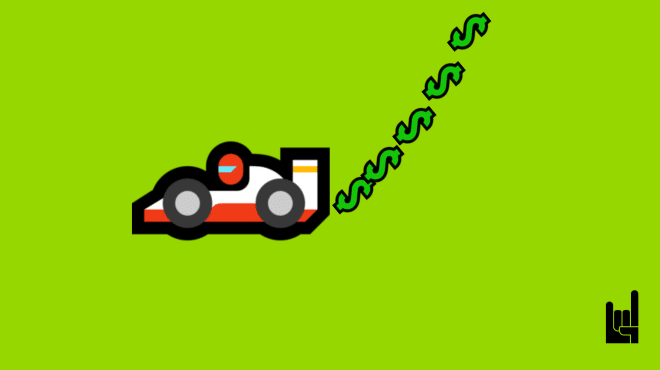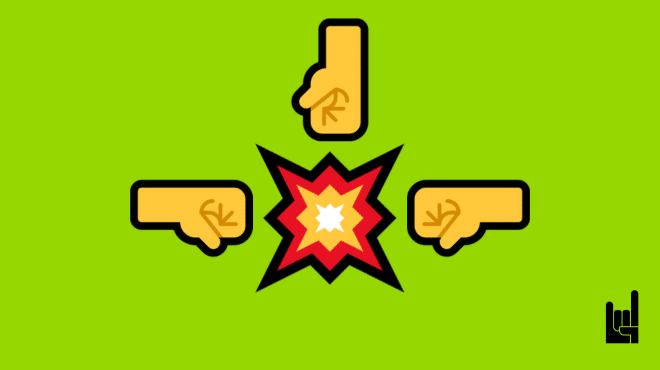Page depth refers to the number of clicks you need to reach a specific page from the homepage using the shortest path. A page directly linked to the homepage is at depth 1 (the homepage itself is always
Keep the site depth to a minimum and lower the number of clicks needed to reach a page on your website. This tactic will increase user experience by providing your visitors valuable content, through the help of internal linking and ensure that the website will have better ranking results.
Τhe depth of a site corresponds to the number of clicks between a given page and the homepage. For example, if you’re on a product page and it is accessible after 4 clicks from the homepage, we consider that this page’s depth is 4.
To understand the importance of depth in SEO, we need to understand how the different search engines’ robots work, especially Google. To do this, let’s compare your site to a tower of champagne glasses (yes, like in lavish receptions!). The first glass is your homepage; the glasses at the bottom are your deepest pages. Your “SEO juice” is poured from the first glass. Inevitably, the cups that are close to the top cup (i.e. the homepage), are the ones that receive the most juice. If your tower is too high (= your site is too deep), the bottom cups (= the deep pages), will hardly receive any SEO juice. They will therefore not be valued by Google. If you have set up a strong internal linking, as we will see below, you can hope to compensate for this. But it is always better to reduce the depth of your site while strengthening your internal linking.


